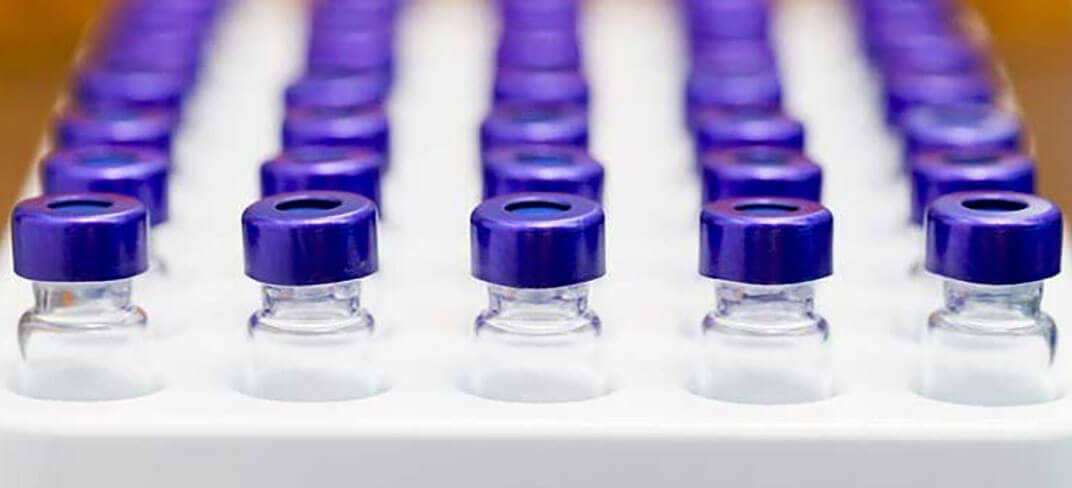How Do Vaccine Trials Work?

For more than 200 years, vaccines have played a critical role in preventing disease worldwide.
There are vaccines for more than 20 life-threatening diseases. Vaccines prevent the deaths of between two million and three million people each year from diseases like tetanus, influenza, measles, and more, according to the World Health Organization. Other diseases prevented by vaccines include polio, tuberculosis, whooping cough, mumps, and rubella.
But before a vaccine can be approved for use in humans, it first must be developed and tested through clinical trials. The entire process can take years and it is similar in most developed countries, including the U.S. and Ireland.
How Is a Vaccine Made?
A vaccine’s development begins in the laboratory.
Scientists study an infectious disease and break down its components. To find a cure for the disease, they need to learn how it works.
“Scientists endeavor to discover what makes an infectious pathogen dangerous,” says Terence Dermody, MD, physician-in-chief and scientific director at UPMC Children’s Hospital of Pittsburgh. “What are the elements of the virus, or the bacteria, or the other types of pathogens that cause that pathogen to produce disease?”
The goal is to create a vaccine that provides long-lasting immunity to a pathogen, while also keeping the vaccinated person safe. Vaccines contain antigens, which are small amounts of weakened or dead germs; and adjuvants, which are substances that can boost your immune system’s response.
How Are Vaccines Tested?
The second stage of vaccine development is animal testing, which can last a year or longer.
After scientists engineer a possible vaccine, it is tested. Vaccine trials often include mice and monkeys.
During animal trials, some animals will receive the potential vaccine while the other animals in the study will not. The animals then will be infected with the virulent pathogen.
If the animals that received the vaccine candidate show a positive immune response to the pathogen but the control group of animals does not, it’s a sign that the potential vaccine might be effective against the disease. Scientists then would decide whether to begin the third phase of vaccine development, which is human testing.
Vaccine Clinical Trials in Humans
Before human testing can begin in the U.S. the Food and Drug Administration (FDA) must approve an application that lists the vaccine as an Investigational New Drug. The FDA also must review and approve the plan for the trial before it can begin.
There are three phases of human trials when testing vaccine candidates.
- Phase one: The first phase of the trial includes between 20 and 100 healthy adult volunteers who are at low risk for vaccine-related infections. During phase one, scientists are studying the safety of the vaccine, as well as the patients’ immune response. If there are no serious side effects, the trial moves on to phase two.
- Phase two: The second phase includes several hundred volunteers from a wider group of people. People of different ages, races, ethnicities, genders, and locations are studied. Scientists again are testing the safety of the vaccine, as well as determining the dose that should be administered and when the vaccine should be given. If there are no serious problems that emerge in the second phase, the trial can move on to the third phase.
- Phase three: The final phase of trials includes thousands of volunteers. This phase determines whether a vaccine works. Some participants will receive the vaccine candidate, while others receive a placebo, a different vaccine, or nothing. They are followed to monitor their response. Following patients over a period of months can help determine if a vaccine works, and also how long it works. It can also determine the safety of the vaccine and any side effects.
After the trial is complete, the FDA reviews the results and evaluates the vaccine’s safety and effectiveness. It also reviews the properties and components of the vaccine itself to make sure it can be manufactured on a wide basis while keeping it safe and effective.
If the benefits of the vaccine outweigh the risks, the FDA can license the vaccine for manufacture and public use. It will continue to monitor results as the vaccine is given to the public.